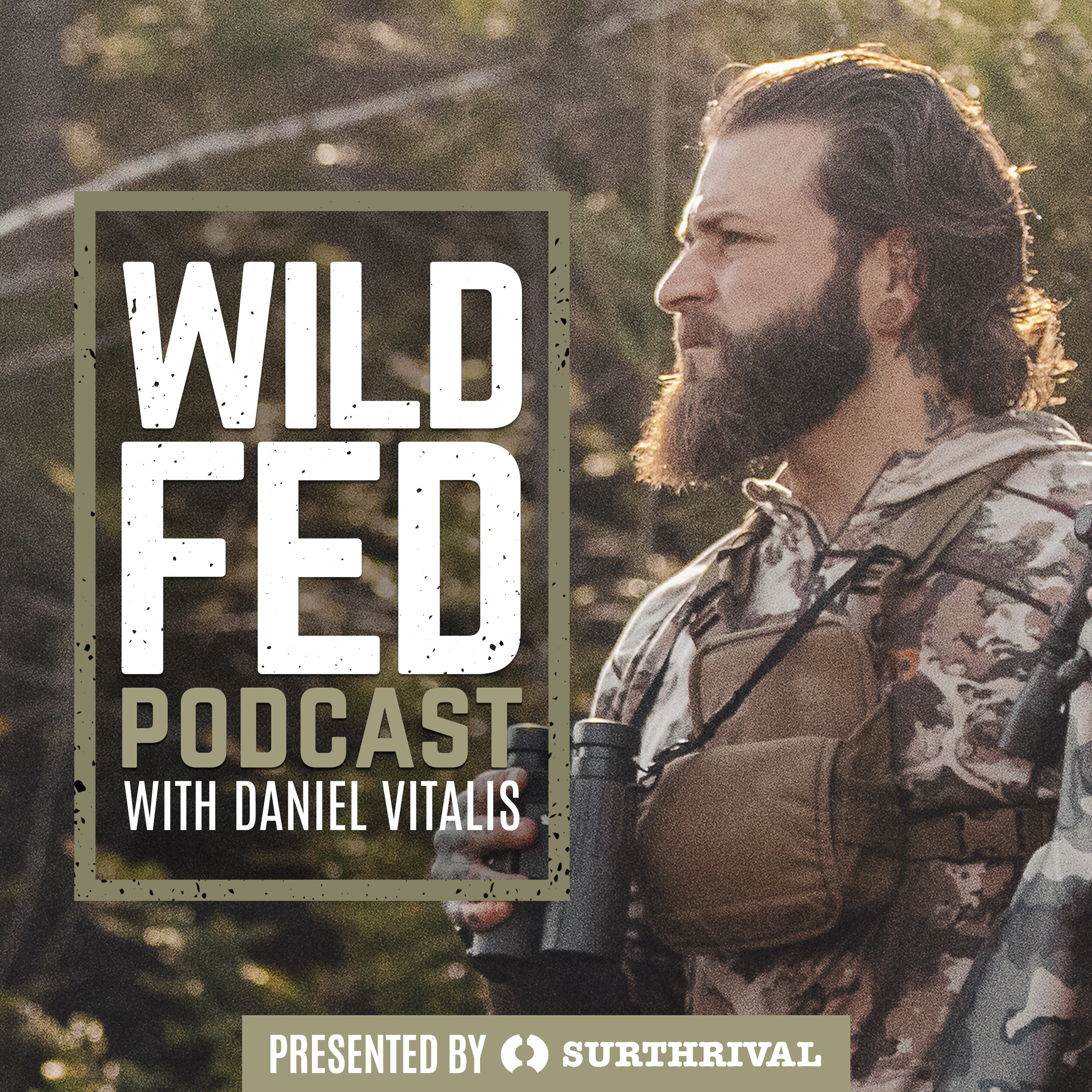Our interview today is with Kristen Gremillion, PhD — Professor in the Department of Anthropology at Ohio State University.
She wrote a book in 2011 called Ancestral Appetites, looking at the archeological evidence and ethnographic knowledge we have about human diet throughout our species' history.
We love interviewing folks like Kristen because deep historical context sets the stage for clearer thought and makes it abundantly obvious just how profoundly confused we’ve become about what we should or could be eating. Kristen’s perspective is refreshing because she isn’t taking a dogmatic approach — for instance, she doesn’t believe that there’s some pure, pre-agricultural or traditional diet we should be adhering to. In fact, she’s quick to point out, both in her book and here, that humans have successfully added novel foods into our diet throughout our species' timeline. In some cases, like lactase persistence, our bodies physically change in response to novel foods, a testament to the success of these novel dietary changes. Lactase persistence is the adaptation to dairy consumption that has led some populations to continue the production of lactase into adulthood — that’s the enzyme that breaks down the sugars in milk — rather than ceasing production after weaning. We often say someone is lactose intolerant, as if this was a disease or aberration. However, lactose intolerance in adults is the human biological norm. Lactase persistence is a mutation that allows some of us to easily digest milk products as adults — those of us that can digest dairy… are the mutants. In other words, sometimes our bodies respond favorably to new foods. So, we shouldn’t be quick to dismiss novel ingredients. We’ve been discovering them for millennia.
But, Kristen is also wary of a Soylent Green type of dystopian future diet, the kind of thing that some folks see on the nutritional horizon. Her longtime study of human diet seems to lead to a preference for foods that are recognizable as foods. Daniel and Kristen discuss a bit of that in this interview today. Not just where human diets were and are, but where they are headed too.
It’s an interesting conversation in a continuing dialogue with those who’ve made this field of inquiry their profession.
We're of the opinion that the more we understand about our history, the clearer the path forward will be. And this will become ever more important as we, a rather unique but also very confused, species of ape, grapple with an incredibly uncertain future.
In the last few decades, food wasn’t something many people had to think a lot about, at least in the more opulent nations of the world. But that is changing, and it’s poised to change a whole lot more in the coming decade. One way or another, humanity is gearing up to come face to face with our food and food supply. There’s no way around it. And knowing where we’ve been might just be incredibly important… as we move forward… into this brave new world.
Read More
